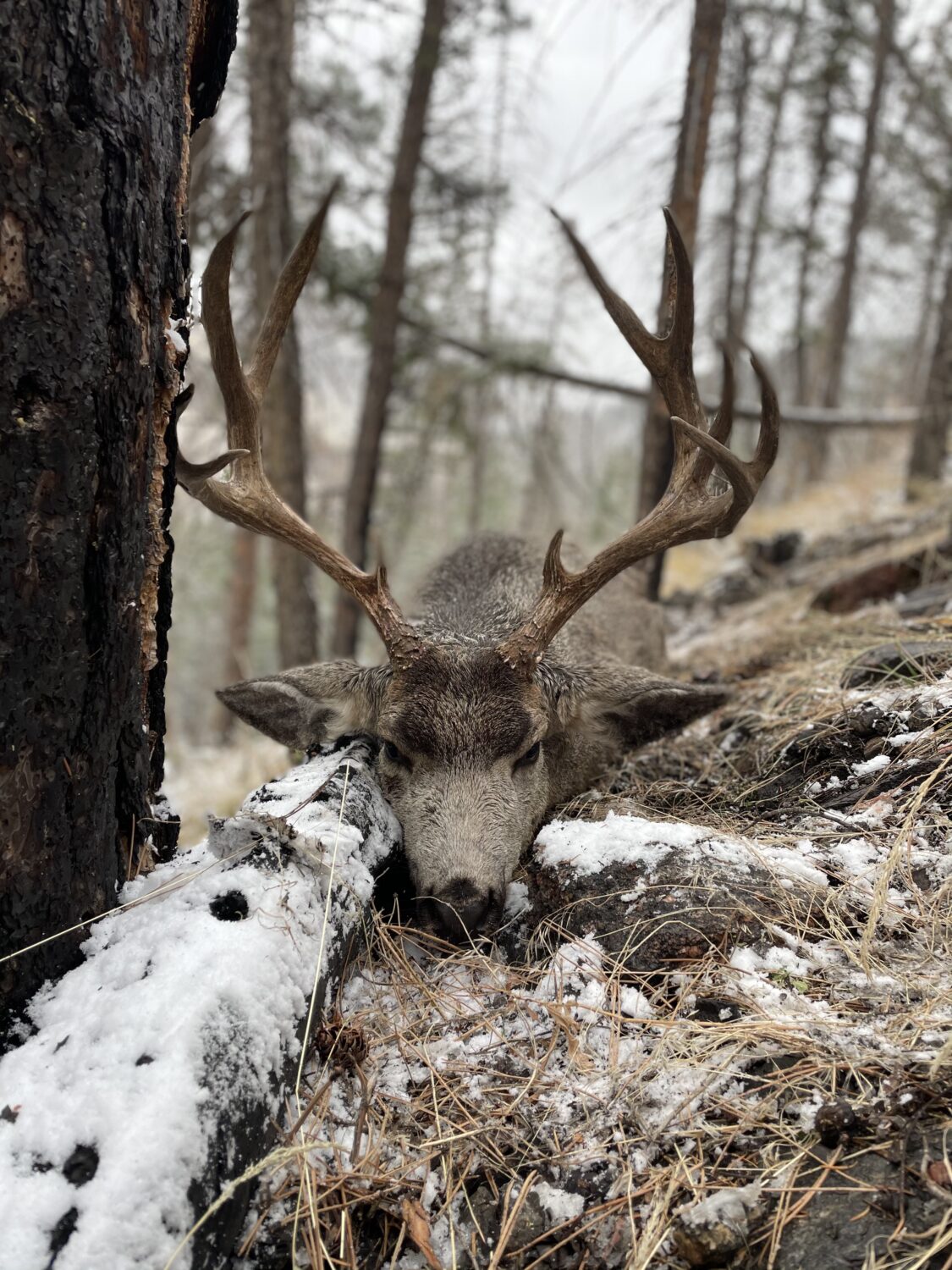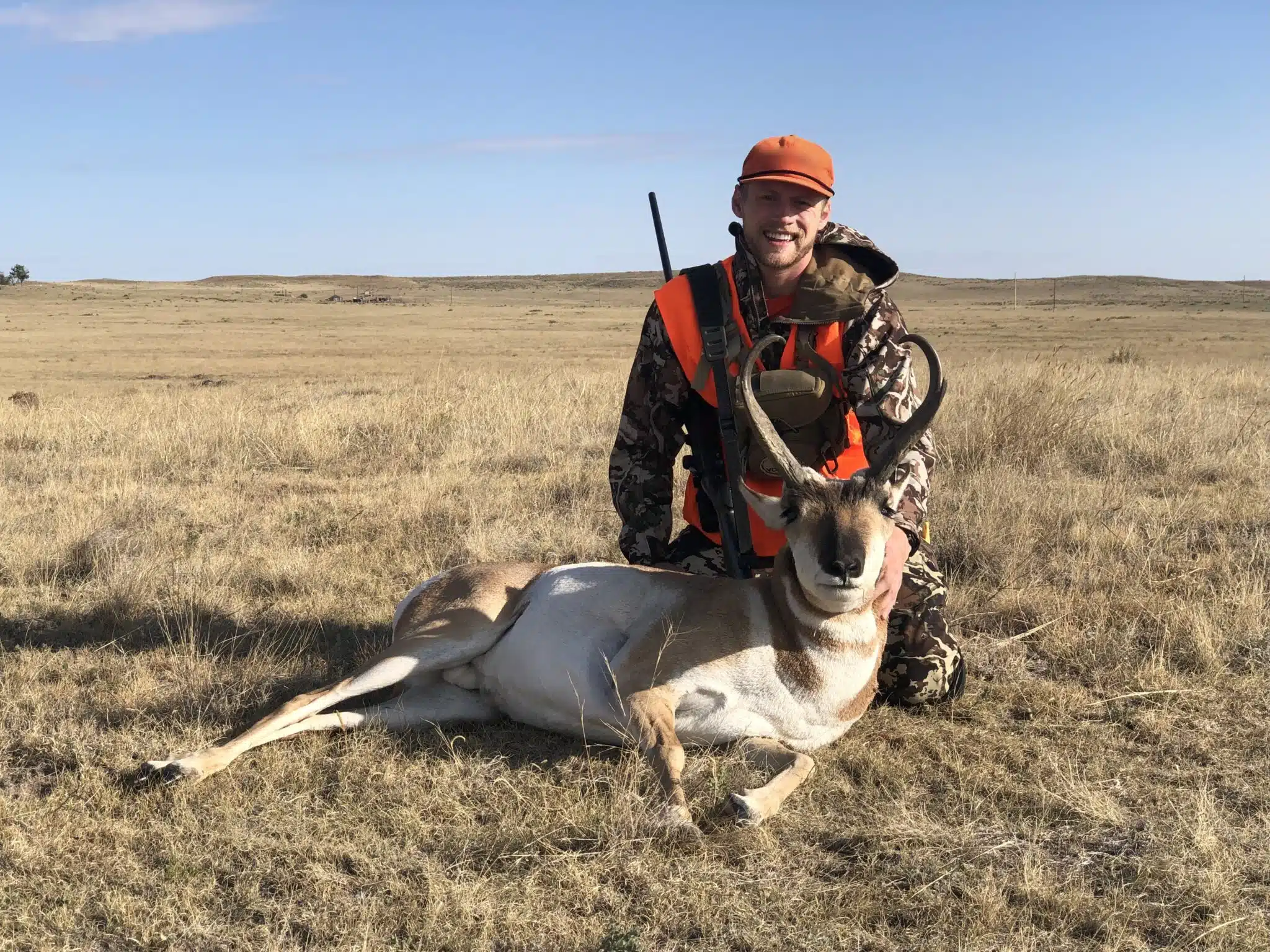Landowner Hunting Licenses Across the West

For dedicated big game hunters, the anticipation of drawing a hunting license for the year ahead is second only to the anticipation of the hunt itself. For the past several years, Western big game hunting in particular has experienced a renessaince of popularity, with nonresident license applications more than doubling in several Rocky Mountain States. While this increase in applications certainly provides value from a funding standpoint, the inability to increase the supply of publicly available licenses without harvesting over sustainable levels has led competition for licenses to grow increasingly stiff.
Amongst the myriad of benefits that owning land in the Rocky Mountain West presents, one of the most commonly sought-after is access to additional hunting license opportunities through various landowner license programs. Although program details vary by State and management area, nearly every Western State offers landowners some preferential license opportunity in recognition of the critical habitat and sanctuary benefits that larger swaths of rural private land offer. In some States, these licenses can be sold by the landowner for additional income, while other States limit landowner license transfer to the owner’s family.
Landowner license programs are complex, and fully understanding the application and allocation processes of a given State can be time consuming. To simplify, buyers often weigh the following three questions when considering the purchase of hunting property between various States:
- How many tags can I expect to receive?
- What kind of tags will they be (species, antlered/antlerless, weapon type)?
- How do I apply for landowner tags?
The case studies below aim to answer those questions State by State. For the purposes of comparison, each case considers a 2,500 huntable-acre ranch in a limited entry* management area. Please note that while these scenarios utilize legitimate data and existing ranch properties, actual allocations could vary by property.
*Limited Entry refers to an area in which tags are not available over-the-counter
Colorado
Answers based on an existing 2500ac ranch; limited entry unit.
How many tags can I expect to receive?
License allocation varies by Game Management Unit and is based on demand, herd management objectives, and available quota of licenses. In our scenario, Confluence Land Company generally anticipates that the 2,500 acre property in question could receive could receive 4-8 total tags annually.
What kind of tags will they be (antlered/antlerless, weapon type, restrictions)?
Landowner licenses are awarded for elk, deer, and antelope. The 4-8 tag estimate may include tags for any species that utilizes the property, and for any weapons type or season.
Applying for antlerless tags, private-land restricted tags, primitive weapons tags, and tags with less desirable season dates often increases the number of tags received.
How do I apply for landowner tags?
Landowners apply online for acceptance into the Landowner Preference Program; applications must be submitted prior to the December 1st 11:59pm deadline to be eligible for tags the following year.
New Mexico
Answers based on an existing 2,500ac ranch; limited-entry Unit; Primary Management Zone
How many tags can I expect to receive?
For the 2023-24 season, survey of 10 ~2,500ac properties across 10 units found an average of 7-9 total elk licenses per 2,500 acre property. Allocations varied from 3 licenses to 25 licenses.
Deer and Antelope landowner licenses are purchased over-the-counter in most areas; in a select few areas (Units 2A-C, 4, 5A), they must be approved by the Regional Wildlife Biologist.
What kind of tags will they be (antlered/antlerless, weapon type, restrictions)?
Of the elk licenses listed above, approximately 35% were Mature-Bull licenses, 35% were Antlerless licenses, and 30% were Archery licenses.
Approximately 30% of the licenses were valid throughout the unit (Unit-Wide), while approximately 70% were valid only on the applicant property (Ranch-Only). Note: Ranches that request and receive Unit-Wide licenses agree to allow public elk hunting access on their private ranch.
How do I apply for landowner tags?
To apply, landowners must complete the EPLUS Initial Application Packet with required supporting documentation by the January 5th deadline to ensure eligibility for that year’s hunting season.
Wyoming
Answers based on an existing 2,500ac ranch; limited-entry Unit
How many tags can I expect to receive?
In Wyoming, a landowner applicant may receive no more than 2 total landowner tags per species in a calendar year, regardless of the size or number of parcels owned. Further, a property may qualify for no more than 2 total tags per species in a calendar year, regardless of change in ownership.
Thus, the 2,500ac property in question could receive ~1-2 tags per species.
What kind of tags will they be (antlered/antlerless, weapon type, restrictions)?
Individual applicants and properties may apply for/ receive no more than:
- Elk: 1 Full-Price and 1 Reduced-Price limited-quota (Antlerless) tag per year
- Deer: 1 Full-Price or up to 2 Reduced-Price (Antlerless) tags per year
- Antelope: 1 Full-Price or up to 2 Reduced-Price (Antlerless) tags per year
- Turkey: 1 Spring and 1 Fall Wild Turkey tag per year
How do I apply for landowner tags?
Landowners apply for the Landowner License Program via their Regional Wyoming Game and Fish Department Office. While there is no deadline for initial application to the landowner program, landowners should leave ample time (several months) before the general license application deadlines below:
- Nonresident Elk: January 31st
- Nonresident Deer, Antelope: May 31st
- Resident Elk, Deer, Antelope: May 31st
Montana
How many tags can I expect to receive?
Montana issues all licenses directly to individuals rather than by property; the Landowner Preference program allots up to 15% of limited entry tags to qualifying landowners. In 2023, the overall odds of drawing a nonresident landowner preference tag across all units were:
Elk: 80% Deer: 87% Antelope: 95%
In order to be eligible for a limited-entry permit, an applicant must first successfully draw a general season license. Historically, these licenses are drawn by nonresidents every 2-3 years. For the first time in 2024, landowners owning 2500+ acres will be eligible to receive landowner preference for general elk and general big game (elk and deer) combination licenses. This should significantly increase the frequency of drawing the general license.
Additional sponsorship and access programs exist that can increase the frequency of landowner ability to draw a tag.
What kind of tags will they be (antlered/antlerless, weapon type, restrictions)?
General season tags are valid during the general firearm season; an additional stamp can be purchased over-the-counter to allow for archery hunting during the archery season dates.
Limited entry tags vary in terms of season dates, weapon types, and restrictions.
How do I apply for landowner tags?
First, apply for the desired licenses/permits through the individual draw process. Next, complete the Landowner Preference Required Additional Information document and submit. The draw application and additional required documentation must be received by the April 1st 5:00pm MST deadline to be eligible.
Landowner Hunting Licenses Across the West
Regardless of where you choose to own land, utilizing landowner hunting license programs can help you recognize the full recreational potential of your property. Whether your goals are building memories with family, sharing experiences with friends or business associates, or even supplementing the income potential of your property; the opportunities provided by landowner big game programs across the West are one of the many benefits of investing in land. For more information regarding landowner license programs, or if you are interested in owning hunting land, please do not hesitate to contact us.




